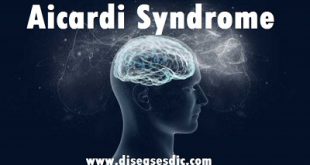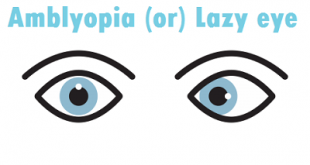What is called Aphakia? Aphakia is a condition in which you’re missing the lens of one or both of your eyes. You can be born that way or lose the lens due to an injury. Or your doctor might remove it during an operation for cataracts. When you have aphakia, …
Read More »Acid Lipase Disease – Description, Causes, and Risk Factors.
Description Acid lipase disease or deficiency occurs when the enzyme needed to break down certain fats that are normally digested by the body is lacking or missing, resulting in the toxic buildup of these fats in the body’s cells and tissues. These fatty substances, called lipids, include fatty acids, oils, …
Read More »Ataxia Telangiectasia – Pathophysiology and Management.
What is ataxia-telangiectasia? Ataxia telangiectasia (AT) is a complex genetic neurodegenerative disorder that may become apparent during infancy or early childhood. The disorder is characterized by progressively impaired coordination of voluntary movements (ataxia), the development of reddish lesions of the skin and mucous membranes due to permanent widening of groups …
Read More »Arthrogryposis – Types, Risk Factors and Treatment
Definition Arthrogryposis, also known as arthrogryposis multiplex congenita or AMC, is a birth defect in which a child has various joints that are tight (contracted) with decreased motion, stiffness, deformity, and difficulty with function. The incidence for this is one in 3,000 live births. It is not a progressive disorder. …
Read More »Aicardi syndrome – Causes, Diagnosis and Treatment
Definition Aicardi syndrome is a disorder that occurs almost exclusively in females. It is characterized by three main features that occur together in most affected individuals. People with this syndrome have absent or underdeveloped tissue connecting the left and right halves of the brain (agenesis or dysgenesis of the corpus …
Read More »Acute Liver Failure – Pathophysiology, Risk Factors and Complications
Definition Acute liver failure occurs when many cells in the liver die in a short period of time or the liver becomes damaged. Pediatric liver failure is not as common as liver failure in adults and liver failure in children is typically very rare. If the features occur in individuals …
Read More »Amblyopia or Lazy eye – Types, Complications and Treatment
Definition Amblyopia, also known as lazy eye, occurs when one eye becomes weaker than the other during childhood. The brain favors the better eye, thus, allowing the weaker eye to get worse over time. Early screening is important. This is because treatment is more effective when started early. Treatments include …
Read More »Atrial septal defect – Types, Symptoms, and Diagnosis
Definition Atrial septal defect (ASD) is a congenital heart disease in which there is an opening in the wall (the atrial septum) between the heart’s two upper chambers (the right and left atria). An ASD is one of the defects referred to as “a hole in the heart.” Normally, the …
Read More » Diseases Treatments Dictionary This is complete solution to read all diseases treatments Which covers Prevention, Causes, Symptoms, Medical Terms, Drugs, Prescription, Natural Remedies with cures and Treatments. Most of the common diseases were listed in names, split with categories.
Diseases Treatments Dictionary This is complete solution to read all diseases treatments Which covers Prevention, Causes, Symptoms, Medical Terms, Drugs, Prescription, Natural Remedies with cures and Treatments. Most of the common diseases were listed in names, split with categories.








